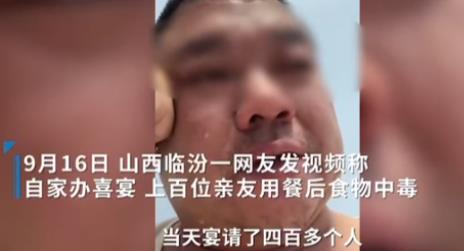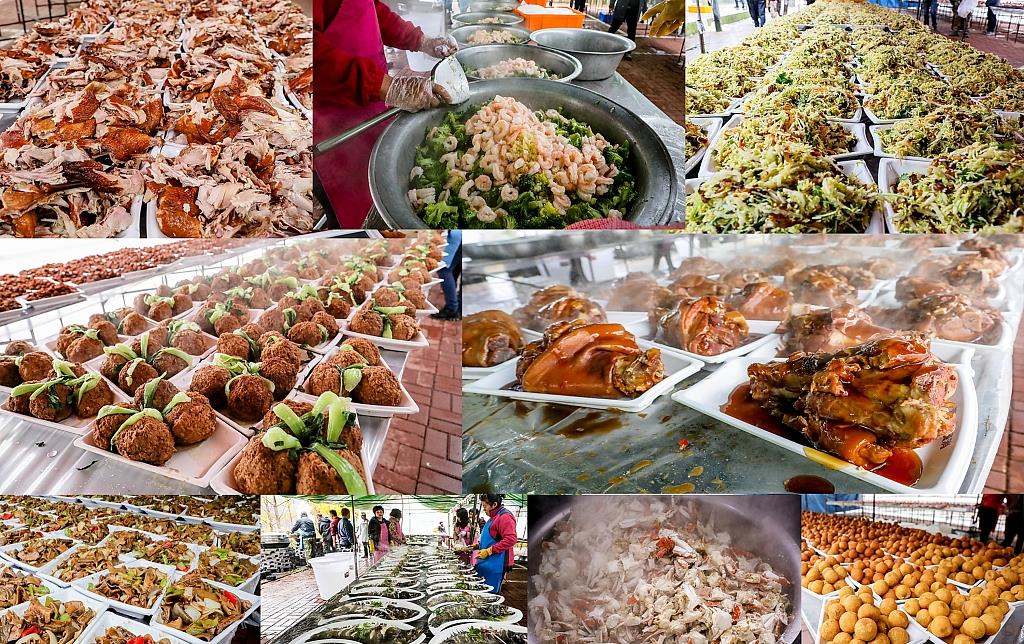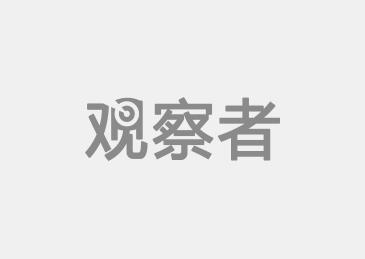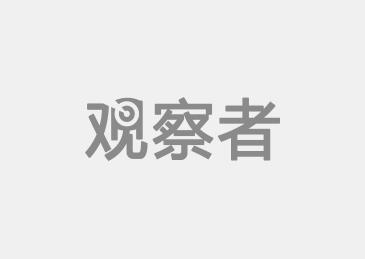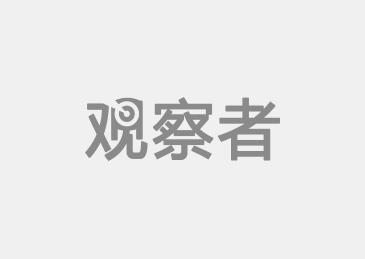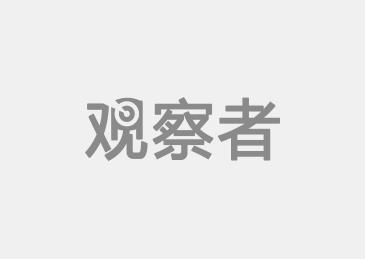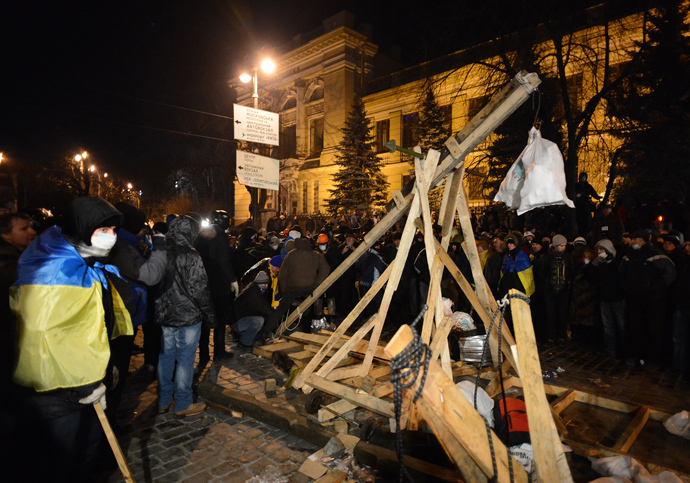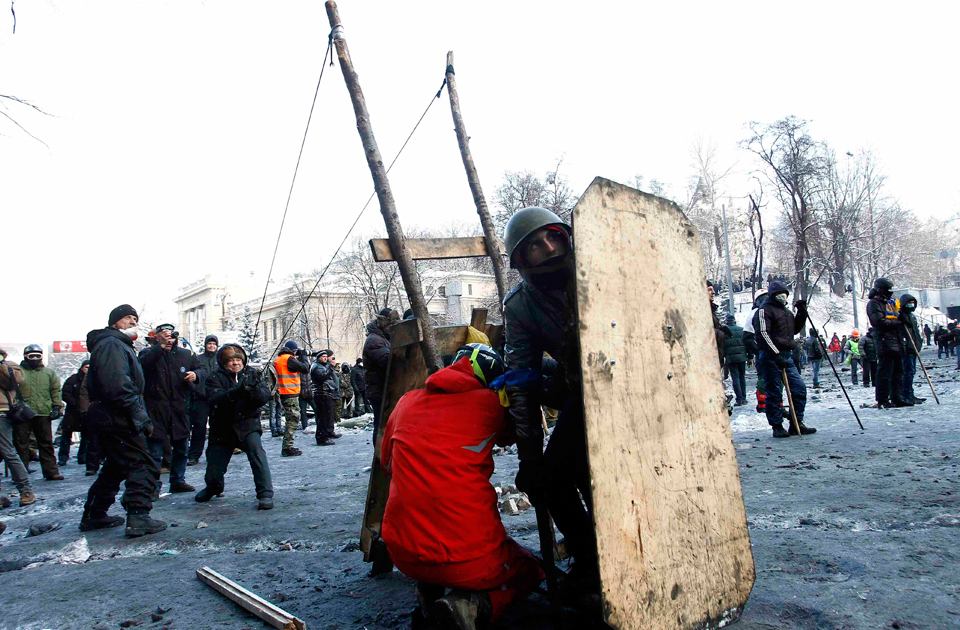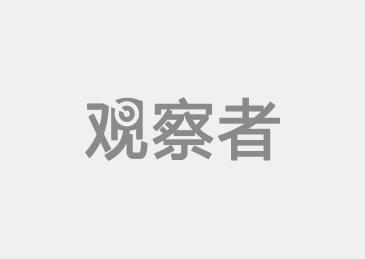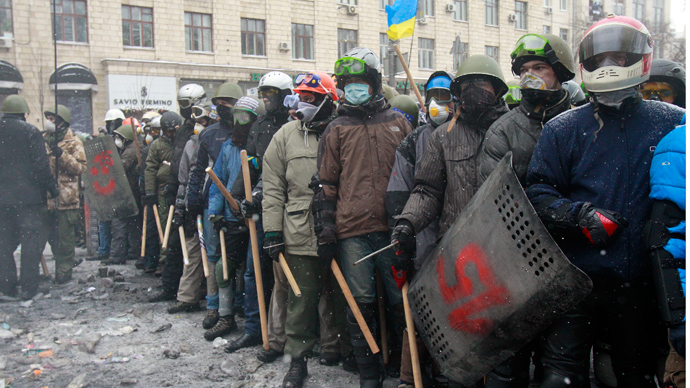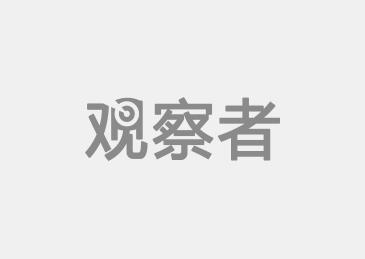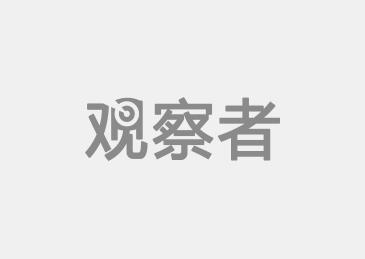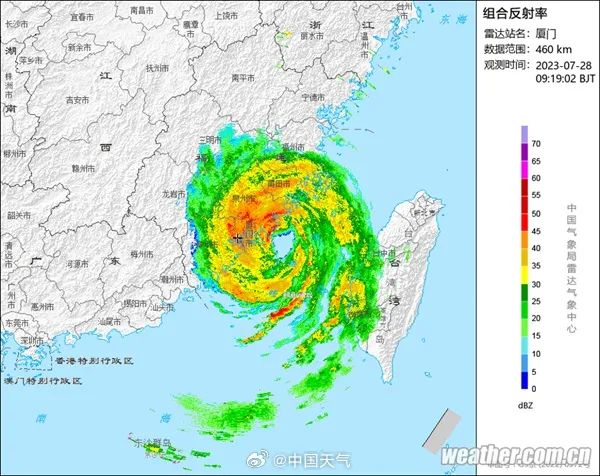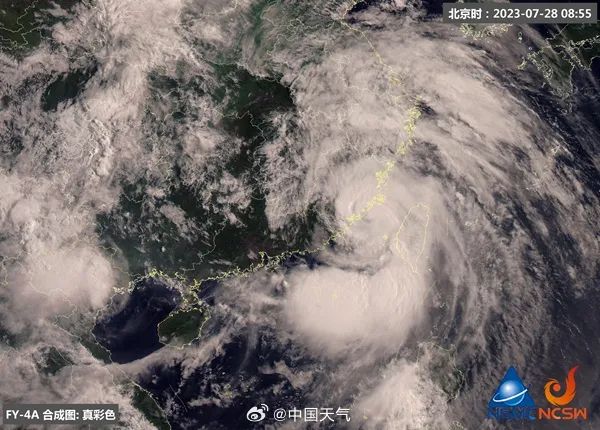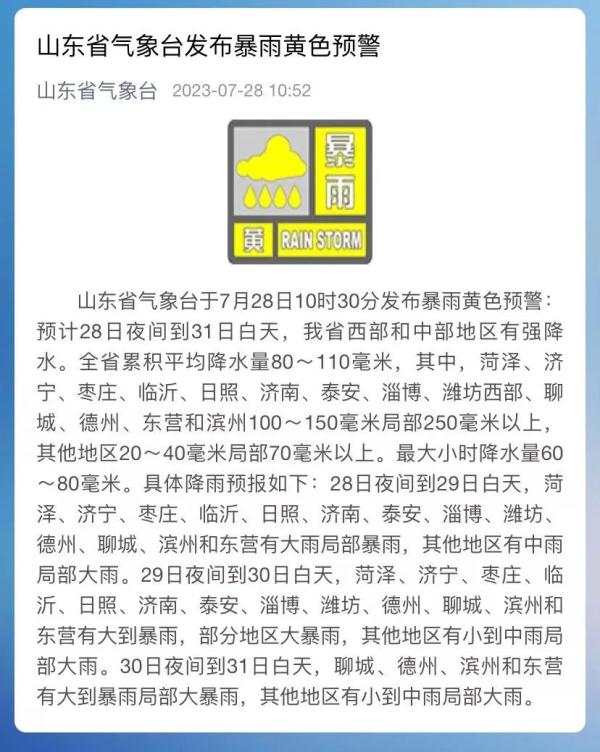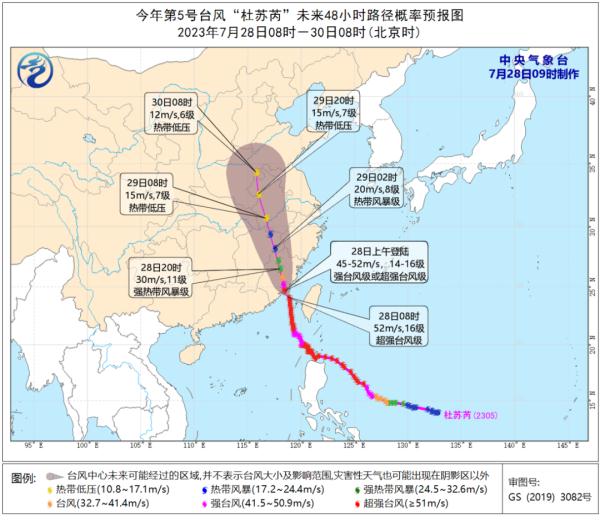According to WeChat official account, the General Hospital of the Eastern Theater, the Interim Provisions on the Guarantee of Medical Treatment for Soldiers and Army-related Personnel will be implemented from January 1, 2022. In order to facilitate the medical treatment of soldiers and army-related personnel, we will briefly explain some issues that everyone is concerned about.
01
Who are the relevant military personnel and what preferential treatment do they enjoy?
A: Soldiers, martyrs, families of soldiers who died in the line of duty, retired soldiers under military management and their families. Family members include spouses, children, parents (including dependents) and spouses’ parents (including dependents). In addition, it also includes military civilian personnel, as well as family members of active-duty cadres who changed to civilian personnel during the reform period with military security cards.
The above personnel can enjoy priority in seeking medical treatment in the East Theater General Hospital.
02
Which military families can enjoy free medical care?
Answer: (1) Spouses of active servicemen who hold military security cards, families of active cadres who changed to civilian personnel during the reform period, and minor children of active servicemen, martyrs, soldiers who died in the line of duty, are treated in military medical institutions and enjoy free medical care within the military medical scope. With the military security card, you can seek medical treatment in the outpatient and emergency departments of all military medical institutions (including the out-patient department), and implement the "one card". If you are hospitalized, you need to seek medical treatment in the system hospital (determined according to the location of your household registration, temporary residence or residence permit, and the location of your school).
(2) Soldiers, martyrs, spouses and martyrs of soldiers who died in the line of duty, and parents of soldiers who died in the line of duty who do not meet the requirements for handling military security cards, hold social security cards for medical treatment in military hospitals with medical insurance qualifications, and after settlement in accordance with medical insurance regulations, the out-of-pocket expenses within the scope of medical insurance will be exempted, and the identity information will be automatically reduced after the system is networked and verified.
03
Which military families can enjoy preferential medical care?
Answer: The parents and spouse parents of officers, sergeants, deceased officers and deceased sergeants, as well as the spouse parents of martyrs and soldiers who died in the line of duty, hold social security cards to seek medical treatment in military hospitals with medical insurance qualifications. After settlement according to medical insurance regulations, the out-of-pocket expenses within the scope of medical insurance are reduced by 20% for outpatient and emergency services and 50% for hospitalization, and will be automatically reduced after the identity information is verified by the system network.
04
What scope does free medical care mainly include?
Answer: (1) Medical treatment items are free of charge except the following items:
① Beauty items other than tooth cleaning, non-disease diagnosis and treatment items such as bodybuilding, degeneration, myopia correction, non-functional cosmetic surgery, weight loss, weight gain and height increase;
(2) teeth beyond the prescribed standards, glasses, hearing AIDS, prosthetic limbs, artificial eyes and other orthopedic devices;
③ Special medical services such as self-invited special care and special wards that are not needed for treatment.
(2) The medicines in the provincial medical insurance catalogue of the hospital’s resident, as well as the medicines specially needed by the army and preparations of military medical institutions, shall be free of charge;
(3) The part within the limit of medical consumables stipulated by the Logistics Support Department of the Military Commission shall be free of charge;
(4) Injuries caused by war and business, as well as injuries during the war, can break through the medical scope of the army, and all of them are free.
05
What preparations should soldiers and military-related personnel make when they go to military hospitals for medical treatment?
A: (1) Soldiers and their spouses who enjoy free medical care should hold a military security card for medical treatment;
(2) Soldiers who have not yet applied for security cards and military certificates need to prepare certificates issued by units at or above the regiment level in advance;
(3) If the newborn children of military personnel have not applied for the security card, they can seek medical treatment with the military security card, resident ID card and medical certificate of birth of the newborn children;
(4) Other military personnel should hold social security cards for medical treatment.
06
How to reimburse military personnel for medical expenses in local hospitals?
A: Military medical expenses can be reimbursed if they meet the following conditions when going to local public medical institutions for medical treatment:
(1) Need to go to the nearest emergency department for medical treatment due to acute injury;
(2) Need to seek medical treatment due to injury during going out, and there is no military hospital nearby, which has been approved by the leader of the unit at or above the regimental level; If the injury condition is too urgent to be submitted for approval, it shall be submitted for approval in time after the conditions are met; The implementation of the out-patient department security, should be informed by the military unit stationed in the out-patient department;
(3) It is determined that the medical institution at the same level does not have the ability to treat and the injury condition is not suitable for long-distance transfer to other military medical institutions;
(4) Suffering from a difficult and critical illness, and after consultation in a military hospital, it is determined that the level does not have the ability to treat and the injury is not suitable for long-distance transfer to other military hospitals.
Soldiers should be transferred to military hospitals in time after their injuries are stable and they have the conditions for transfer. The expenses within the scope of military medical treatment shall be reviewed and reimbursed by the relevant units on the basis of relevant diagnosis certificates, drug prescriptions, detailed lists of expenses and bills of charges, and in accordance with the principle of "whoever approves the expenses shall be responsible for the expenses".
07
Should civilian medical expenses be reduced or reimbursed?
Answer: (1) During the reform period, active cadres can no longer use military security cards after changing to civilian personnel, and they can seek medical treatment in military medical institutions with social security cards. Within the scope of military medical care, part of the out-of-pocket expenses will be exempted after medical insurance settlement. If the social security card has not been applied for, the certificate of not applying for the card issued by the unit at or above the regiment level shall be provided, and the expenses within the military medical scope shall be exempted.
(2) The civil servants employed by the agency seek medical treatment in military medical institutions with social security cards. After the medical insurance is settled, they will pay the out-of-pocket expenses and return to their units for reimbursement according to the prescribed scope and proportion.
08
What is the difference between "exemption" and "reimbursement"?
Answer: "Exemption" means that after settlement, the system will automatically exempt the relevant fees according to the corresponding treatment of identity information; "Reimbursement" means that individuals need to pay the expenses in advance, and review and reimburse the related expenses according to the prescribed procedures with the bills and relevant supporting materials.
09
Under what circumstances can’t I enjoy the reduction of medical expenses?
Answer: (1) Soldiers who go to local medical institutions for treatment without approval, or who are hospitalized in local medical institutions with approval, should be transferred to military medical institutions after their condition is stable and insist on not turning;
(2) insisting on the use of diagnosis and treatment projects that are beyond the scope of military medical care, are not necessary for treatment, have definite curative effect and have no effective substitute;
(3) Military personnel holding social security cards have not chosen military medical institutions with medical insurance qualifications, or have not gone through medical treatment procedures in different places according to medical insurance policies;
(4) Military personnel who do not meet the requirements for handling military security cards in areas covered by medical insurance fail to participate in medical insurance without justifiable reasons;
(5) Those who meet the discharge conditions should be discharged and refuse to be discharged;
(6) The medical expenses shall be paid by a third party according to laws and regulations.
10
What preparations should military personnel with social security cards make for medical treatment in different places?
A: According to the principle of "filing first, then holding a card for medical treatment", you need to carefully check the following information:
(1) Whether to put on record: the insured persons from different places need to put on record in the handling institution of the insured place before coming to Nanjing for medical treatment;
(2) Whether the filing area is correct: Nanjing should be chosen as the place of medical treatment when filing, and the administrative division number is 320199. It is invalid to file in "Jiangsu Province". Name of our hospital: Chinese People’s Liberation Army East Theater General Hospital, organization code: 3201991010020;
(3) Whether to see a doctor within the effective period of filing, and whether it is impossible to directly settle accounts by credit card.
Card holders must make the second and third generation social security cards or medical insurance electronic certificate supporting remote networking in the insured place, so as to realize direct credit card settlement for medical treatment in different places. Related business card printing and card use matters need to consult the social security card management department of the insured place.
If the medical insurance is not covered at the place where the family member’s household registration is located, the medical insurance coverage certificate and identity certificate issued by the relevant government departments at or above the county level should be provided for medical treatment.
11
Can I pay directly by credit card for outpatient service and hospitalization?
A: At present, people who come to Nanjing from different provinces can swipe their cards in hospitals with corresponding qualifications. If the outpatient service in some areas can’t swipe the card, please consult the medical insurance agency in the insured area.
twelve
What should I do when I report an error when I swipe my card?
Answer: (1) Check your filing information, and you can’t swipe your card without filing;
(2) Whether the filing is within the validity period, and it is not allowed to swipe the card within the time limit for filing;
(3) Whether the insurance and payment are normal, and you can’t swipe your card during the arrears period;
(4) The reason for the return of the insured place shall be handled by contacting the medical insurance center of the insured place;
(5) If there are other tips for error reporting, please take photos of the "Error Reporting Interface" and take photos to the Medical Insurance Office for consultation.
13
The following questions need to be consulted by the medical insurance agencies in the insured areas due to different local policies:
Answer: (1) All kinds of medical insurance treatment policies for direct settlement by online credit card in Nanjing;
(2) the application and handling of medical treatment for diseases such as chronic diseases and chronic diseases;
(3) What types of insurance and medical treatment can be settled directly by credit card in Nanjing;
(4) Whether all kinds of medical expenses paid in advance can be applied for manual reimbursement back to the insured place;
(5) the use of personal accounts in social security cards.
14
Where can I find information such as hospitals with network qualifications, areas where the network is opened, and personnel filing?
A: You can check many information about medical treatment in different places online in real time by logging in to http://si.12333.gov.cn.
15
How do soldiers and their families check their identity information online?
A: The medical treatment security identity authentication platform is officially put into operation. Soldiers, military spouses, children and other military-related personnel can check their identity information through this platform.
From January 1, 2022, military hospitals will implement medical security based on this identity information. Please check and correct the information as soon as possible to avoid delaying medical treatment. The method for checking identity information comprises the following steps:
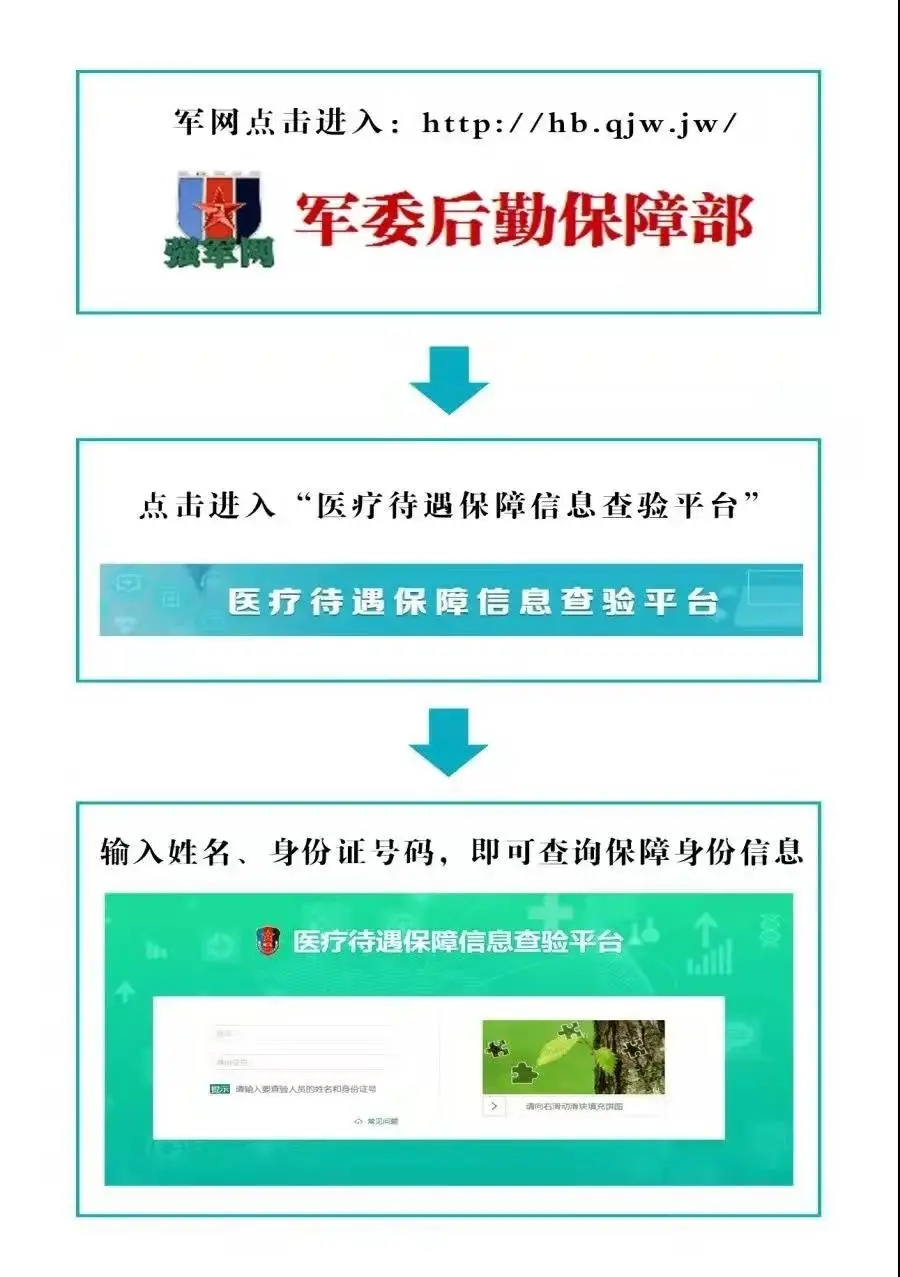
The new regulations will be officially implemented at 0: 00 on January 1, 2022. The hospital will go all out to implement the regulations in detail and make full use of the policies to ensure that soldiers and military-related personnel enjoy priority, preferential treatment, preferential treatment and high-quality medical service guarantee.
We will release relevant information in a timely and dynamic manner through the WeChat platform, so please keep your attention. At the same time, if you and your family encounter any difficulties and doubts in the process of medical treatment, please contact us in time, and we will do our best to solve problems for you and your family.
Service hotline for the army
025-86860549 (working hours)
Policy answering hotline
025-80860223 (working hours)
Medical insurance consultation hotline
025-80860422 (working hours)
Identity enquiry hotline
025-80860220(24 hours)

